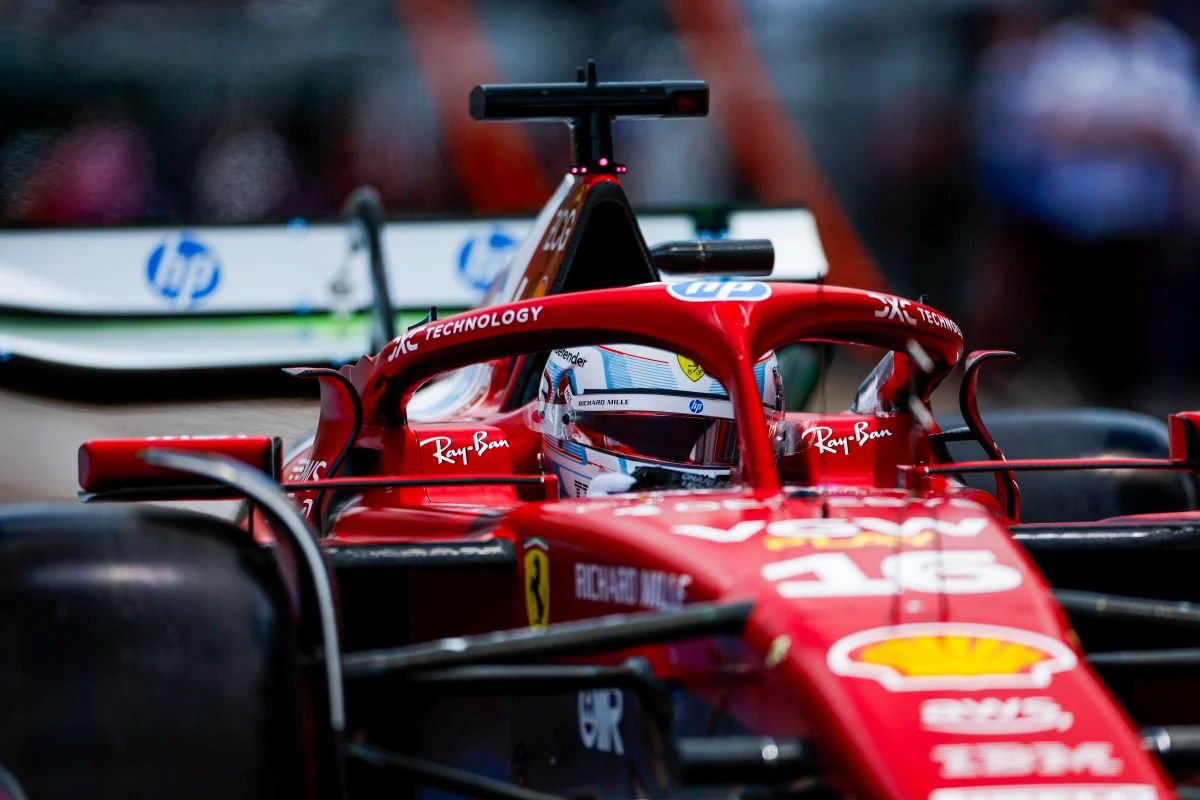
What makes Monaco F1 qualifying times so special? The Monaco Grand Prix is one of the most iconic races in Formula 1. Its narrow streets, sharp turns, and elevation changes create a unique challenge for drivers. Qualifying times in Monaco are crucial because overtaking during the race is extremely difficult. A good qualifying position often determines the race outcome. Drivers push their cars to the limit, aiming for the perfect lap. The track's layout demands precision and skill, making every second count. Monaco's qualifying sessions are a spectacle of speed, strategy, and sheer driving talent.
Monaco F1 Qualifying: A Unique Challenge
Monaco's narrow streets and tight corners make it one of the most challenging circuits in Formula 1. Qualifying here is crucial because overtaking during the race is incredibly difficult. Let's dive into some fascinating facts about Monaco F1 qualifying times.
-
Shortest Circuit on the Calendar
Monaco's circuit is the shortest on the F1 calendar, measuring just 3.337 kilometers (2.074 miles). This means drivers have fewer opportunities to set a fast lap time. -
Most Pole Positions
Ayrton Senna holds the record for the most pole positions at Monaco, with five poles achieved between 1985 and 1993. -
Tightest Corners
The Grand Hotel Hairpin is the tightest corner in F1, requiring drivers to slow down to just 48 km/h (30 mph). Precision is key here. -
Qualifying Importance
Due to the difficulty of overtaking, starting from pole position at Monaco is more advantageous than at any other circuit. Around 45% of Monaco Grand Prix winners have started from pole.
Historical Qualifying Moments
Monaco has seen some unforgettable qualifying sessions. Here are a few that stand out.
-
Senna's 1988 Lap
Ayrton Senna's 1988 qualifying lap is often regarded as one of the greatest in F1 history. He was 1.4 seconds faster than his teammate Alain Prost, an unprecedented margin. -
Schumacher's Controversial Pole
In 2006, Michael Schumacher controversially parked his car at Rascasse during qualifying, causing a yellow flag and preventing other drivers from improving their times. He was later penalized and stripped of pole position. -
Hamilton's Masterclass
Lewis Hamilton's 2015 pole lap was a masterclass in precision driving. He managed to extract every ounce of performance from his car, securing his first Monaco pole.
Technical Aspects of Qualifying
Understanding the technical aspects of qualifying at Monaco can give us a deeper appreciation of the drivers' skills.
-
High Downforce Setup
Teams use a high downforce setup at Monaco to maximize grip through the tight corners. This setup is unique compared to other circuits. -
Tire Strategy
Soft tires are crucial for qualifying at Monaco. They provide the best grip, allowing drivers to push their cars to the limit. -
Brake Cooling
Due to the frequent braking zones, brake cooling is a significant concern. Teams must ensure brakes remain effective throughout the session.
Modern Era Qualifying
The modern era of F1 has brought new challenges and records to Monaco qualifying.
-
Hybrid Era Records
The hybrid era has seen some of the fastest qualifying times at Monaco. In 2019, Lewis Hamilton set a pole time of 1:10.166, showcasing the incredible performance of modern F1 cars. -
Track Evolution
The track evolves rapidly during qualifying, with each lap laying down more rubber. Drivers must time their laps perfectly to take advantage of the best track conditions. -
Qualifying Format
The current three-part qualifying format (Q1, Q2, Q3) adds extra pressure. Drivers must navigate through each session, ensuring they don't get caught out by traffic or yellow flags.
Memorable Qualifying Performances
Some qualifying performances at Monaco have become legendary, showcasing the skill and bravery of F1 drivers.
-
Ricciardo's Redemption
Daniel Ricciardo's pole position in 2018 was a redemption story. After losing a likely win in 2016 due to a pit stop error, he dominated qualifying and the race, securing a well-deserved victory. -
Verstappen's Near Miss
In 2021, Max Verstappen was on a flying lap that could have secured pole, but Charles Leclerc's crash brought out the red flags, ending the session prematurely. Verstappen had to settle for second on the grid.
Monaco's qualifying sessions are a blend of precision, skill, and sometimes controversy. Each year, drivers push the limits, aiming for that perfect lap on one of the most iconic circuits in motorsport.
Monaco F1 Qualifying Times: The Final Lap
Monaco F1 qualifying times are a blend of skill, precision, and sheer determination. Drivers push their limits on this iconic street circuit, where every millisecond counts. The narrow streets and tight corners make overtaking nearly impossible, so securing a good qualifying position is crucial. Pole position here often translates to a race win, given the track's challenging nature. Over the years, legends like Ayrton Senna and Lewis Hamilton have showcased their prowess, setting records that still stand. Understanding these qualifying times gives fans a deeper appreciation of the sport's intricacies. Whether you're a seasoned F1 enthusiast or a newcomer, the drama and excitement of Monaco's qualifying sessions are unmatched. So next time you watch, remember the history, the challenges, and the incredible skill on display. It’s not just about speed; it’s about mastering one of the toughest circuits in the world.
Was this page helpful?
Our commitment to delivering trustworthy and engaging content is at the heart of what we do. Each fact on our site is contributed by real users like you, bringing a wealth of diverse insights and information. To ensure the highest standards of accuracy and reliability, our dedicated editors meticulously review each submission. This process guarantees that the facts we share are not only fascinating but also credible. Trust in our commitment to quality and authenticity as you explore and learn with us.
